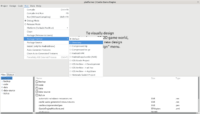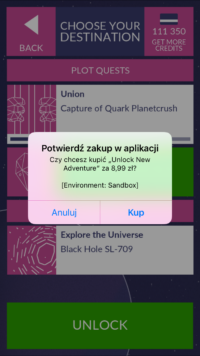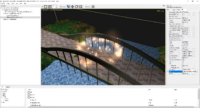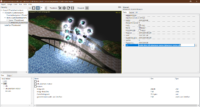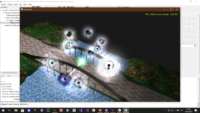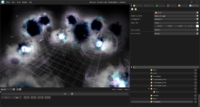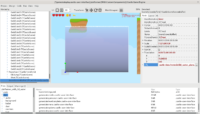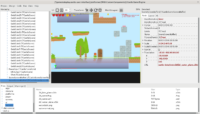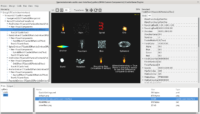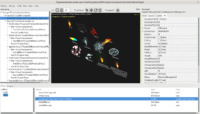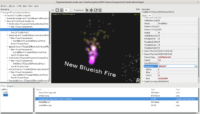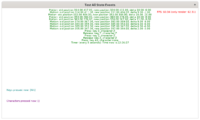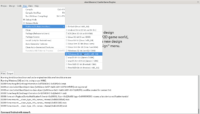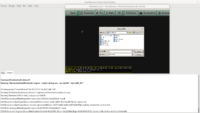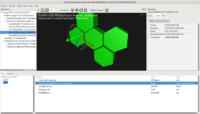You can now easily integrate your mobile applications with Tenjin, an analytics service with emphasis on install attribution (“from where did users install this application”). The idea is to have more knowledge about your organic and paid (from marketing campaigns) installations, to better make decisions how to promote your application.
New tenjin service can be declared in your CastleEngineManifest.xml file. Read the documentation:
The service sends to Tenjin:
-
initialization (user device data, e.g. Android/iOS version),
-
purchase details (when user makes in-app purchase), so you can correlate them with your marketing campaigns,
-
custom events you send by trivial TCastleTenjin.SendEvent
Note that we are not associated with Tenjin in any way. We just added to CGE a component to easily use their mobile SDK. The Tenjin is in general a paid service, although basic install attribution is free.
Please refer to the Tenjin documentation to know more about Tenjin features, and how to view these statistics.
The Pascal API will be extended soon with easy option to opt-in/out of the statistics by user.
We also introduced a new mechanism how services can declare their information: CastleEngineService.xml files.
The new Tenjin service may also serve as a good example of a service that integrates with a 3rd-party SDK in Objective-C (on iOS) and Java (on Android). It makes a basic integration, and allows for basic communication with Pascal through TCastleTenjin.SendEvent.
